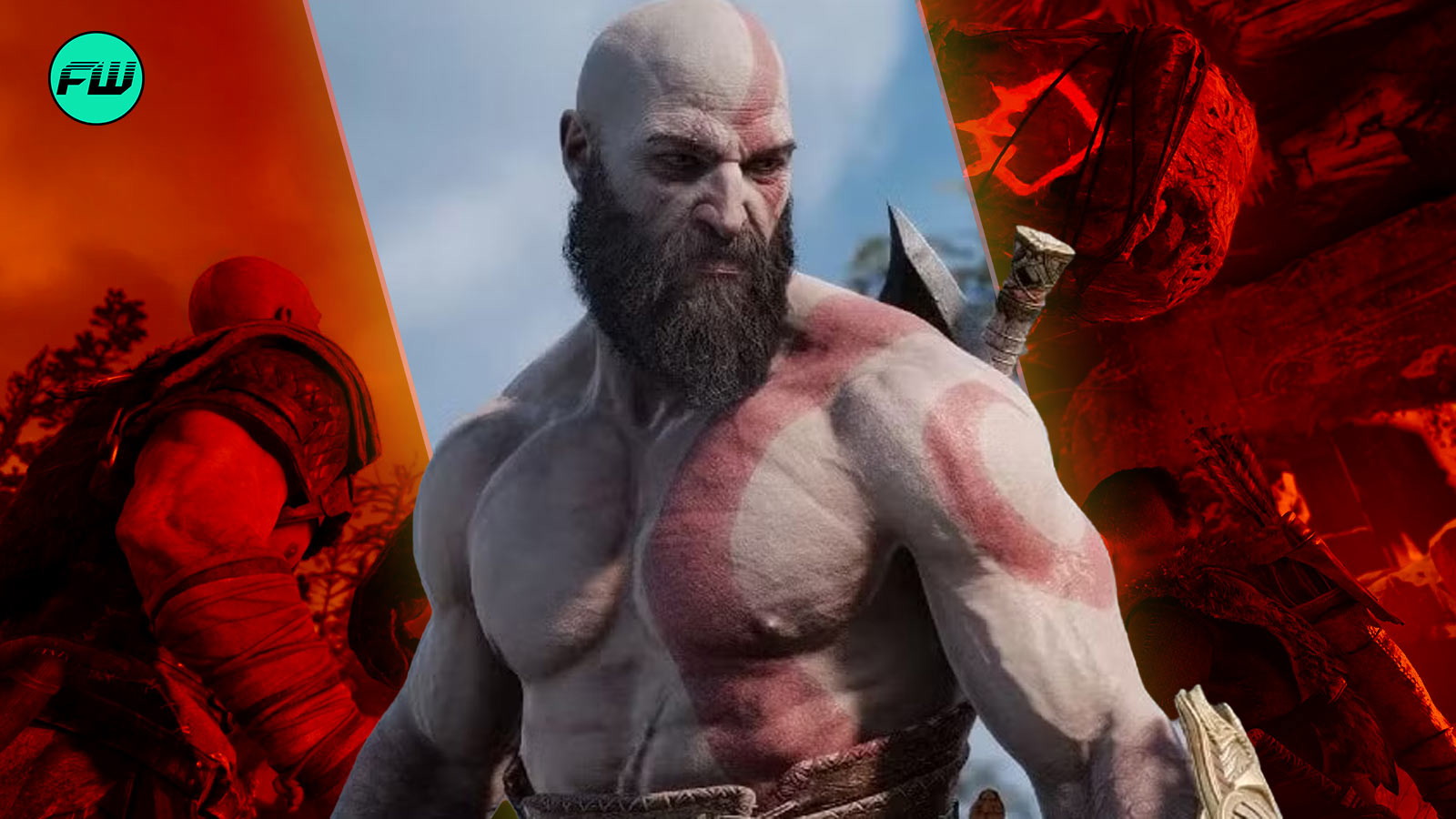
Creating God of War’s brutal combat meant throwing every boxing rule out the window. Motion capture artist Eric Jacobus learned this the hard way when Santa Monica Studio told him his perfectly executed punches looked completely wrong for Kratos.
Turns out making a god feel godlike requires breaking everything you know about proper fighting technique. What followed was a crash course in unlearning years of martial arts training to create something that felt authentically furious.
Why Kratos had to unlearn proper boxing technique


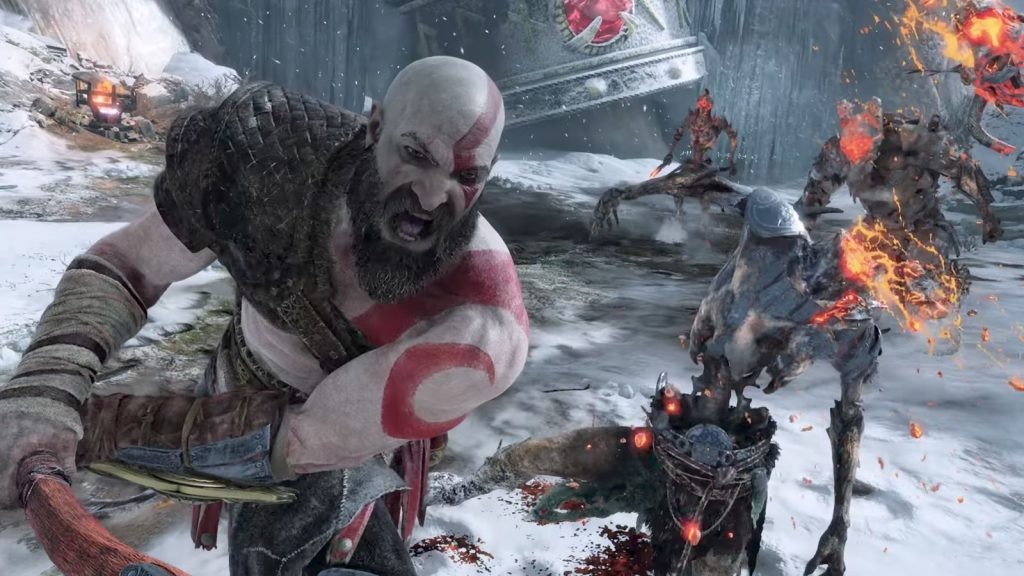
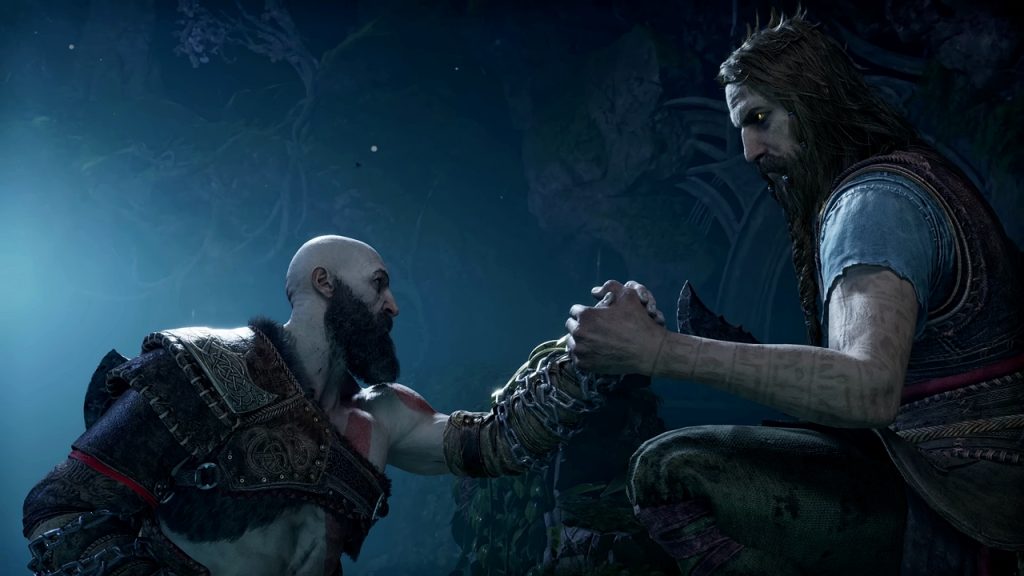
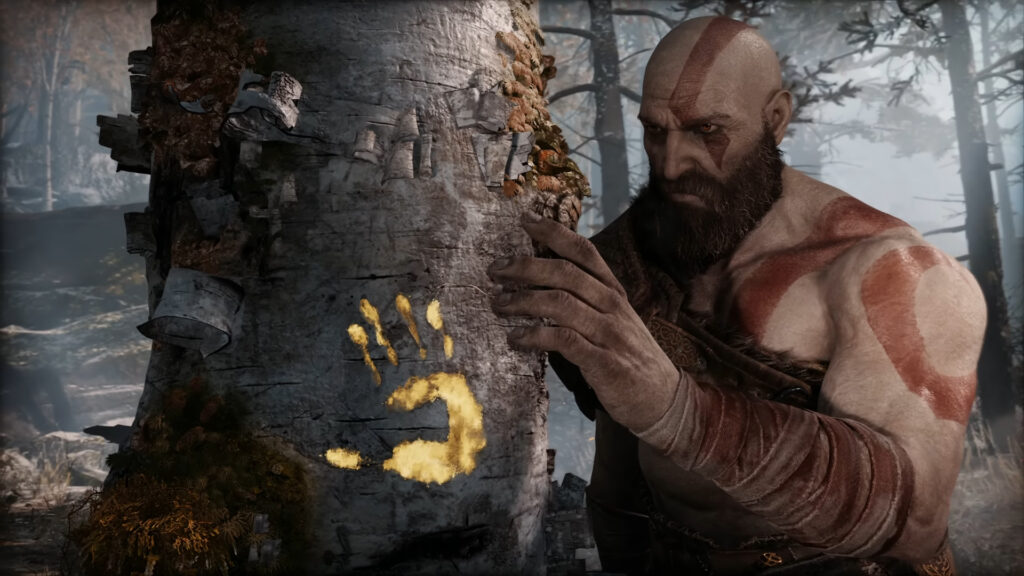
The first day on the God of War (2018) set must have been a reality check for Jacobus. Here’s a guy who’s spent years perfecting his combat skills, only to be told he’s doing it all wrong for a video game character.
Boxing teaches you to step forward as you punch, driving power from your hips and toes. Basic stuff that any fighter learns on day one. But when Jacobus threw his first right cross for Kratos, the team immediately called cut.
Jacobus broke down the problem when he spoke to IGN:
In boxing, you drive your right hip forward and push with your toes. When they asked me [to do a] right cross for Kratos, I did it, and they said, ‘Okay, cut, cut. You have to STEP with your right foot before you throw that right cross.’ And I’m like, ‘What? That’s not boxing.’ And they said, ‘We know. This is not a boxing game, sir. This is God of War. You need to look like God of War.’
The team needed Kratos to move like raw fury made flesh, not like someone who’d studied proper form. Every movement had to scream divine rage rather than technical precision:
At first I was like, ‘This goes against everything I know, it’s improper. You can’t step forward and throw a punch!’ But then something else in my head said, ‘Well, if you don’t do it, then you’re fired!’ So I learned how to move for their combat system.
This wasn’t just about looking different. The combat system itself demanded movements that would feel powerful to players controlling Kratos, even if they made no sense from a fighting perspective.
The axe swing became the ultimate test of this philosophy. Players would see that animation thousands of times, so it had to maintain that godlike power without getting stale or looking ridiculous.
When video game logic beats real-world physics
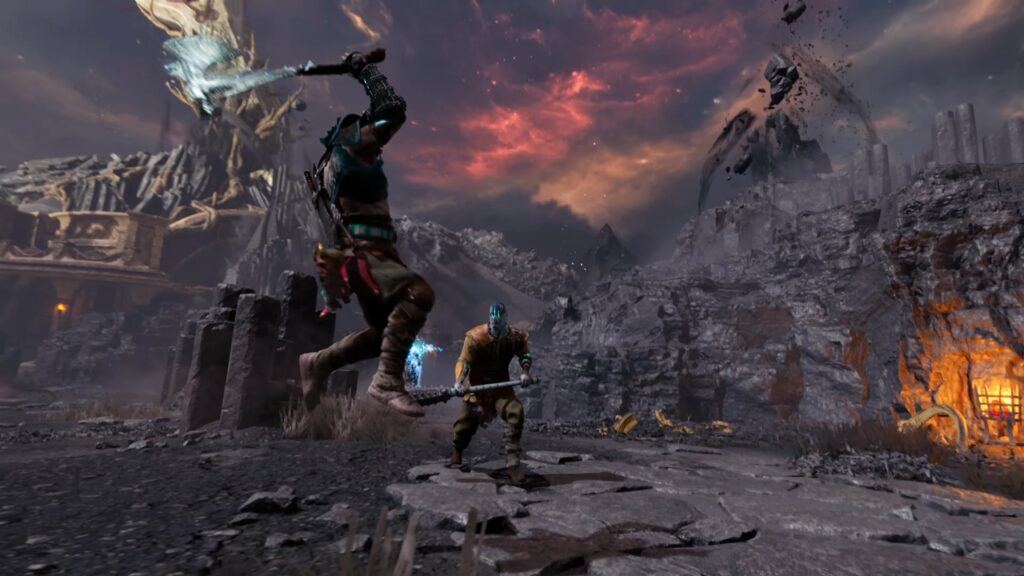
The Kratos situation reveals something quite fascinating about how our brains process digital violence versus real combat. We don’t want gods to fight like humans, even when humans are doing the motion capture.
Real fighting is about efficiency and not getting your face punched in. Video game combat is about making players feel like unstoppable badasses. These goals rarely align, which creates weird situations like Santa Monica Studio telling professional fighters they’re doing it wrong.
We spent a lot of time shooting that axe swing because that axe swing has to look perfect because gamers are going to see that thousands and thousands and thousands of times. It has to look good every time.
The repetitive nature of game combat creates problems that don’t exist anywhere else. Movies can hide bad choreography with quick cuts and camera angles. Games can’t cheat like that when players are seeing the same animation loop for 50+ hours.
You have to be able to move in such a way so that it works for the combat system and it works for the character. You got to hit both of those things and it has to look good.
Jacobus had to develop what he calls “movement language” to solve this puzzle—breaking combat down into grammatical components that could be mixed and matched without looking like a glitchy mess.
The result feels more like controlled animal fury than human fighting, which is exactly what the Ghost of Sparta needed.
What’s your take on realistic combat versus video game spectacle? Do you prefer games that nail the technical details or ones that prioritize making you feel powerful? Drop your thoughts below and let’s argue about whether Kratos could actually win a real fight.
This post belongs to FandomWire and first appeared on FandomWire
